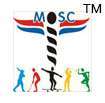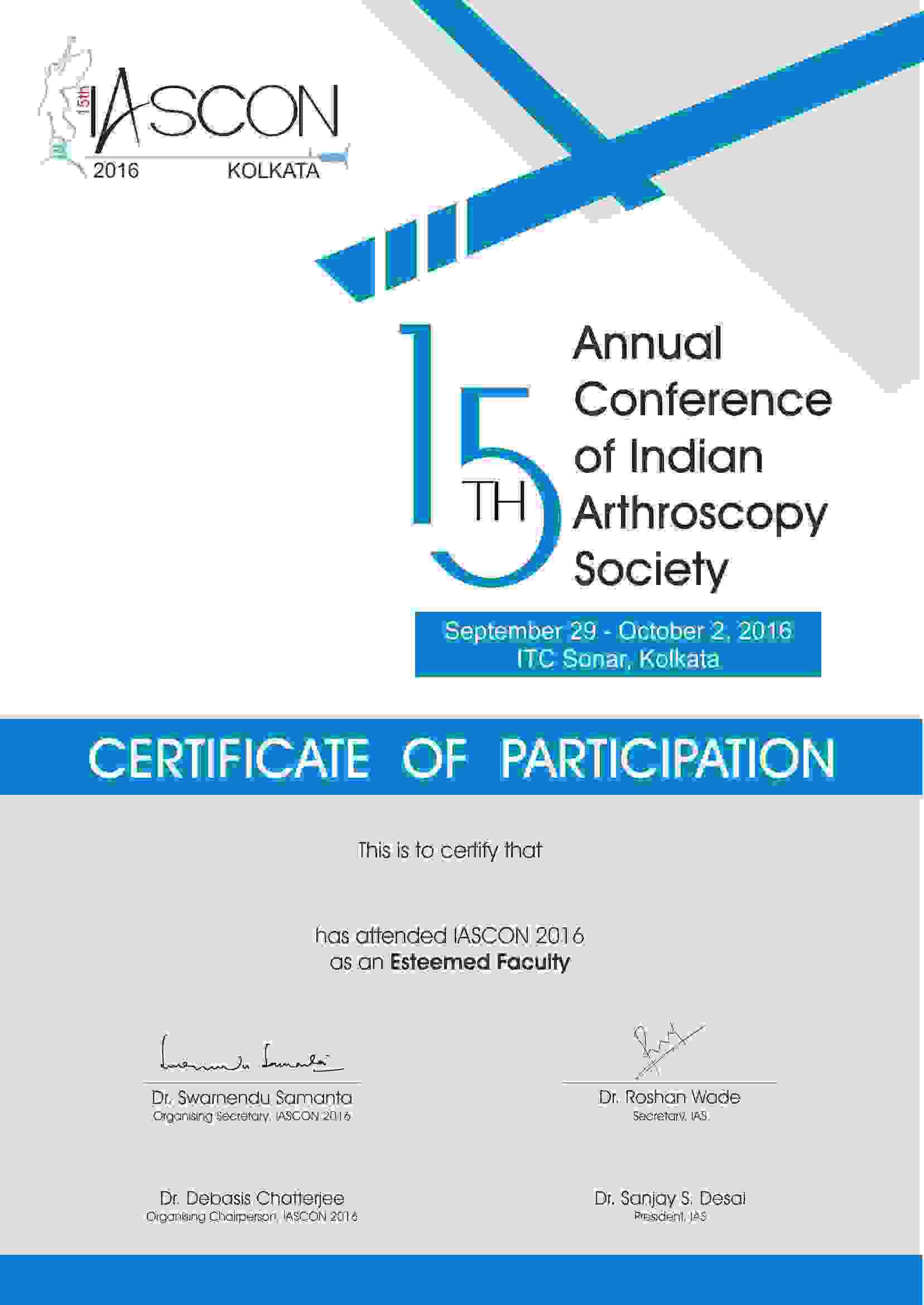Menisci are fibrocartilages in the superior tibial surface. Each knee is composed of medial (inside) & lateral (outside) meniscus. They are also called white zone & the red zone respectively. The red zone has adequate blood supply whereas the white zone lacks blood supply. The meniscus performs some important functions.
- They are efficient shock absorbers and they help in withstanding the load.
- They increase the stability of the knee.
- They act as lubricants to the articular cartilage (weight-bearing surface) of the knee.
- They also provide adequate nutrition to the weight-bearing surface of the knee.
Meniscectomy refers to the surgical removal of the torn meniscus. Most meniscus injuries are sports related. The most common form of meniscus injury is meniscus tear. Meniscus tear is generally caused due to the hyperflexion or twisting of the joint. Some of the most common form of tears is parrot-beak, longitudinal, flap, bucket and other complex cases .Meniscus removal increases the risk of developing osteoarthritis. It is also found that meniscus injury is mostly irreparable. This is because of the fact that healing ability of the meniscus is comparatively less. Surgeons say that only 10% of the meniscus injuries are treated by meniscus repair.
The amount of meniscus to be removed in meniscectomy depends on factors such as location, type of tear, tear pattern etc.
- If there is a small tear at the red zone, home treatment might be sufficient. The meniscus may heal quickly. The RICE protocol is helpful in this regard.
- If a moderately large sized tear occurs in the red zone, surgery might be required.
- The case of a tear that extends from red zone to white zone is rather a complex issue. Surgery might or might not work.
- In case of a meniscus tear in the white zone, the surgical treatment might not work. However, surgery may be advantageous when the tear causes swelling & pain.
Meniscus repair is only advised to those conditions where the tear gets adequate blood flow. This is usually seen only in younger patients. This procedure is also observed to take longer time to recover.
Meniscectomy is therefore the usual procedure recommended. The procedure is mostly performed arthroscopically. The whole process starts by making small incisions (1 cm approx.) in the knee joints. Through these incisions, a small camera and required instruments are inserted. These instruments mainly include scissors, shavers etc for the removal of the damaged cartilage. The arthoscope also helps to inspect the knee joints in detail. Through this inspection, knee problems like arthritis symptoms, loose cartilages, ligaments etc. The recovery and rehabilitation process is usually quicker. Casts or braces are usually given in the initial stages to provide immobilization.










